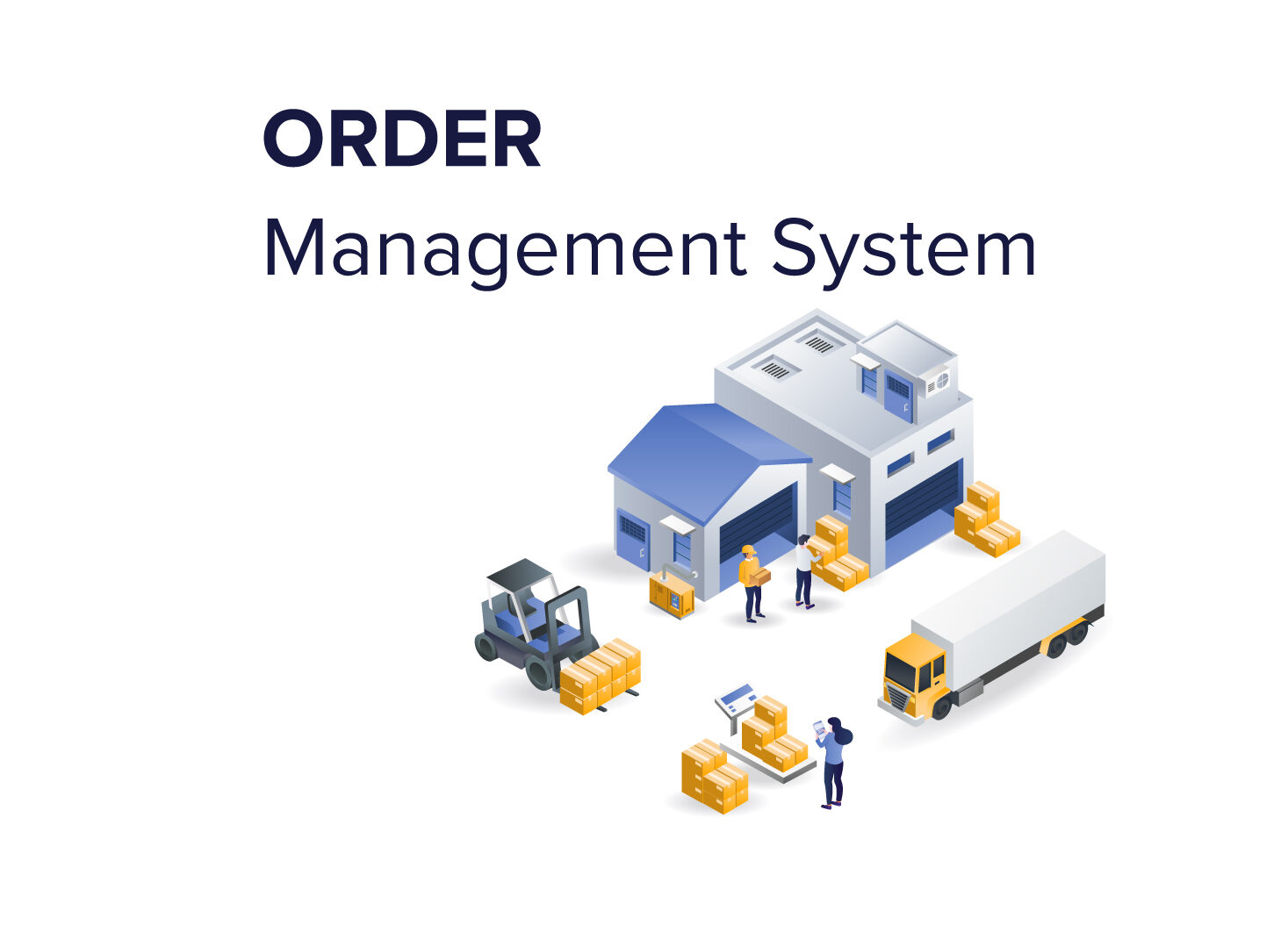The Evolution of Order Management System with AI
- Why WMSOne Stands Out In Warehouse Management - December 30, 2024
- The Future of Warehouse Inventory Management in 2025 - December 9, 2024
- Cold Storage Warehouse: Keeping Food Fresh And Safe - October 3, 2024
Introduction 🌟
Order management system with AI streamline inventory tracking, optimize fulfillment processes, and enhance customer service efficiency. In the fast-paced world of modern commerce, the efficiency and accuracy of order management systems (OMS) are crucial. As consumer expectations rise and the complexity of supply chains grows, businesses must evolve to stay competitive. This case study explores the transformative journey from traditional order management systems to AI-powered intelligent solutions, highlighting the challenges, implementations, and remarkable outcomes.
Background 🏢
A leading retailer faced significant challenges with its legacy OMS:
- Inefficiency: Manual order processing and inventory management were time-consuming and error-prone. 🕒
- Lack of Real-Time Data: Delays in order tracking and inventory updates led to stockouts and overstock situations. 📦
- Inadequate Demand Forecasting: Predicting customer demand was inaccurate, causing mismatched inventory levels. 📉
- Customer Dissatisfaction: Slow order fulfillment and poor tracking information led to customer complaints and lost sales. 😠
The Shift to AI-Driven OMS 🤖
To address these challenges, the retailer decided to overhaul its OMS by integrating AI technologies. The new intelligent OMS included:
- Automated Order Processing: AI algorithms streamlined order processing workflows, reducing manual intervention and increasing speed and accuracy. ⚙️
- Real-Time Inventory Management: AI-powered systems provided real-time inventory tracking, ensuring accurate stock levels and reducing the risk of stockouts. 🕵️♂️
- Predictive Demand Forecasting: Machine learning models analyzed historical sales data and market trends to predict future demand accurately. 📊
- Dynamic Pricing Strategies: AI-driven dynamic pricing adjusted prices in real-time based on demand, competition, and market conditions. 💹
- Enhanced Customer Experience: AI-enabled chatbots and virtual assistants provided instant support and order tracking information, improving customer satisfaction. 💬
Implementation Process 🛠️
The implementation process was carried out in three phases:
- Assessment and Planning: A thorough assessment of the existing OMS identified pain points and areas for improvement. A detailed roadmap for the AI integration was developed. 📝
- Integration and Testing: The AI solutions provider integrated the new system with the existing infrastructure. Rigorous testing ensured the system’s reliability and performance. 🔍
- Training and Rollout: Employees were trained to use the new AI-powered OMS, and the system was gradually rolled out across all departments and locations. 🎓
Outcomes and Benefits 🌟
The transition to an AI-driven OMS resulted in significant improvements:
- Increased Efficiency: Automated order processing reduced processing times by 40%, allowing the company to handle a higher volume of orders with the same resources. ⏱️
- Real-Time Visibility: Real-time inventory tracking provided accurate stock levels, reducing stockouts by 30% and overstock situations by 25%. 📈
- Accurate Demand Forecasting: Predictive analytics improved demand forecasting accuracy by 35%, enabling better inventory planning and reducing carrying costs. 🧠
- Optimized Pricing: Dynamic pricing strategies increased overall sales revenue by 20% while maintaining competitive pricing. 💰
- Enhanced Customer Satisfaction: AI-powered customer support tools reduced response times and improved order tracking, leading to a 15% increase in customer satisfaction scores. 🏆
Conclusion 🌟
The evolution of this order management system with AI from a traditional setup to an AI-powered intelligent solution showcases the transformative power of artificial intelligence in modern business operations. By embracing AI technologies, the retailer not only overcame its existing challenges but also positioned itself as a leader in efficiency, customer satisfaction, and competitive advantage. This case study serves as a compelling example for other businesses looking to innovate and thrive in the ever-evolving landscape of commerce. 🌐




